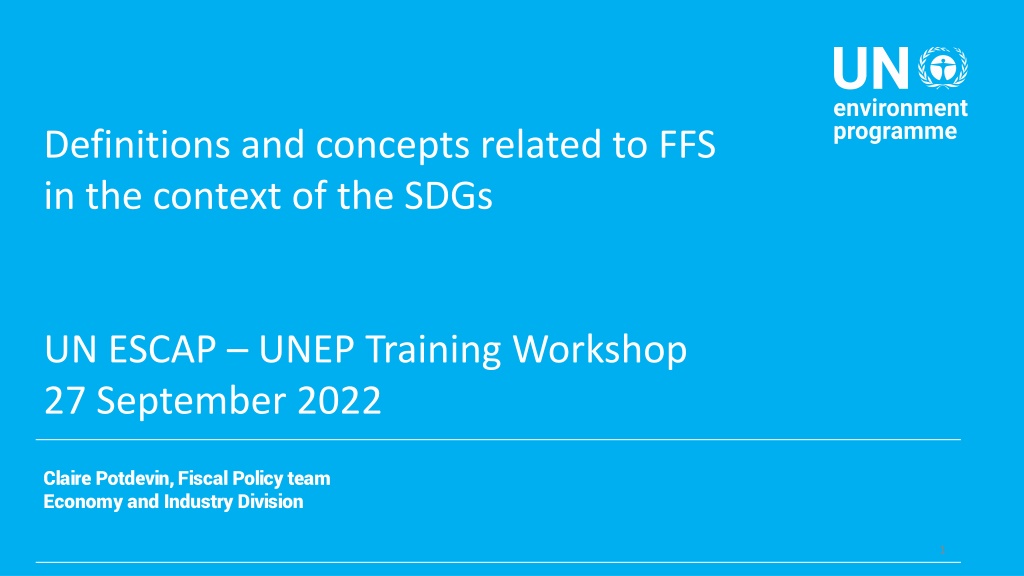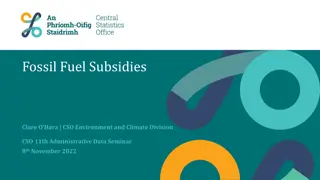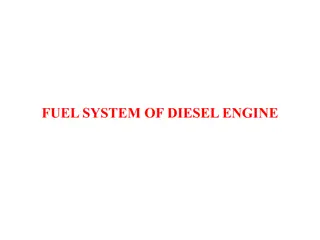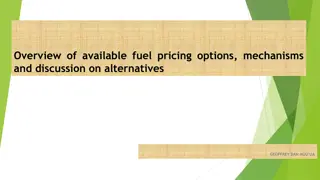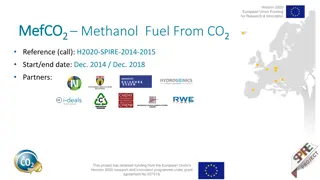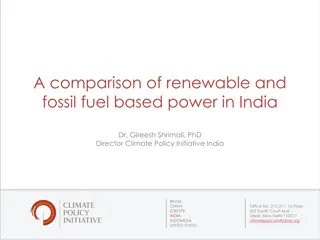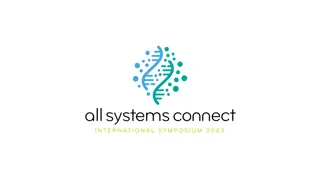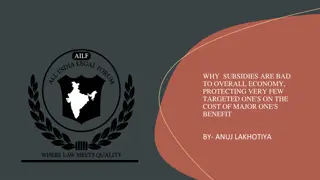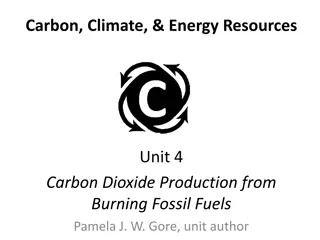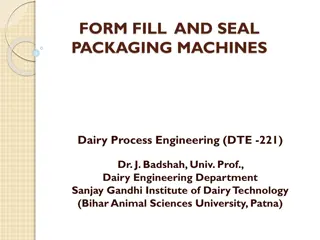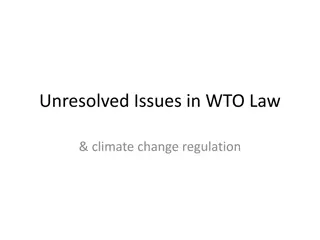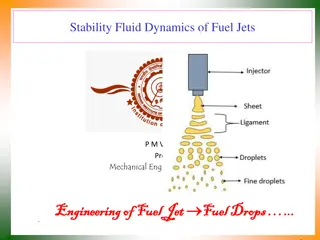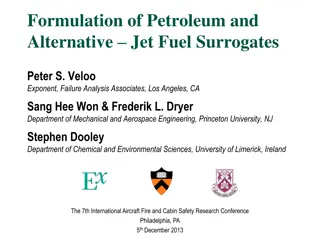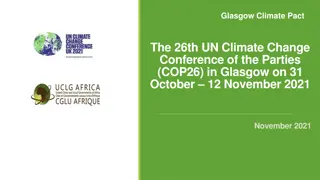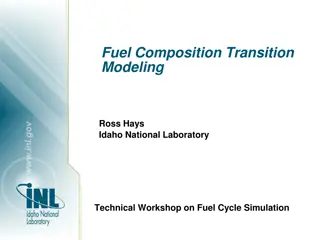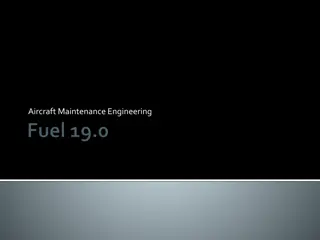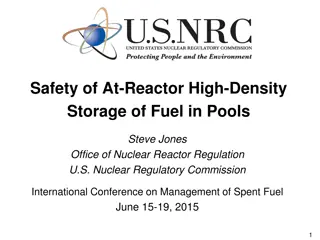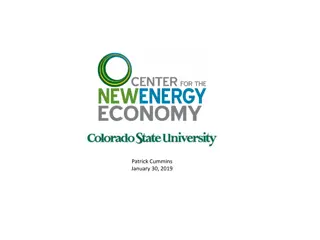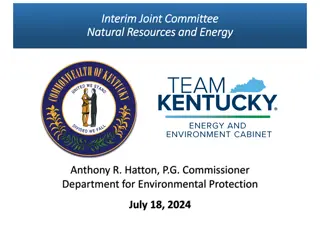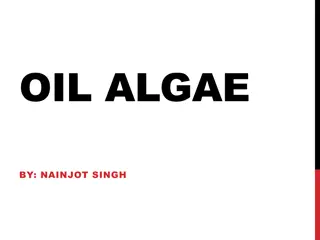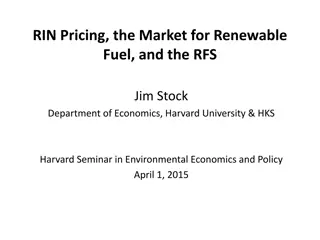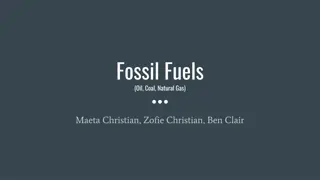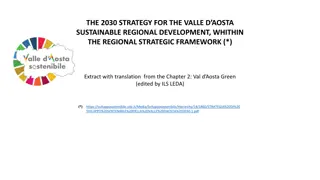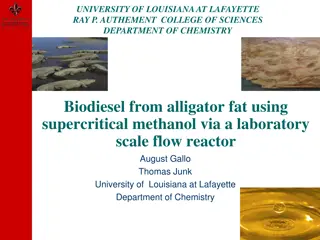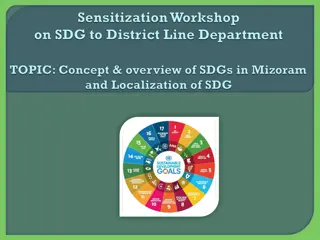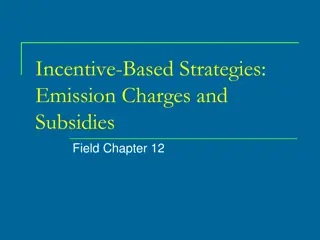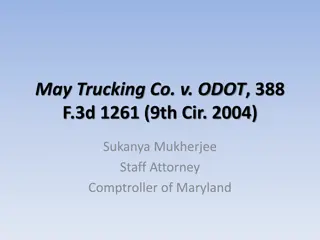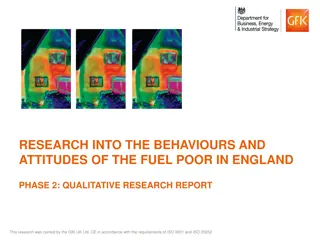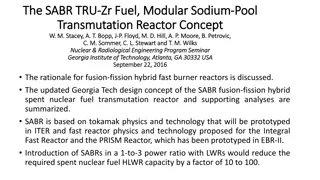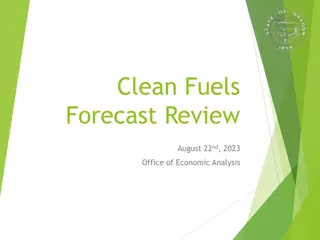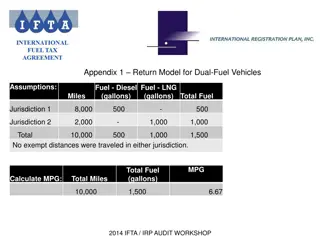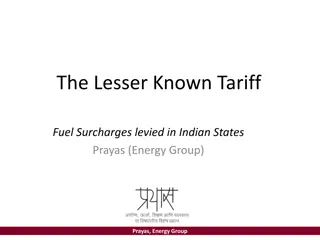Understanding Fossil Fuel Subsidies (FFS) in the Context of Sustainable Development Goals
Explore the concepts and definitions related to FFS within the SDGs framework, focusing on SDG indicator 12.c.1. Learn about the methodology development, monitoring process, and approaches to estimating FFS. Gain insights into rationalizing inefficient fossil fuel subsidies to promote sustainable consumption patterns by 2030.
- Sustainable Development Goals
- Fossil Fuel Subsidies
- SDG 12.c.1
- Methodology Development
- Monitoring Process
Download Presentation

Please find below an Image/Link to download the presentation.
The content on the website is provided AS IS for your information and personal use only. It may not be sold, licensed, or shared on other websites without obtaining consent from the author. Download presentation by click this link. If you encounter any issues during the download, it is possible that the publisher has removed the file from their server.
E N D
Presentation Transcript
Definitions and concepts related to FFS in the context of the SDGs UN ESCAP UNEP Training Workshop 27 September 2022 Claire Potdevin, Fiscal Policy team Economy and Industry Division 1
Outline Key questions to address Presentation of the SDG 12.c.1 in the context of the SDG framework SDG 12c.1 methodology development, main concepts and definitions The reporting process 2
The SDG Monitoring Process And SDG Indicator 12.c.1 The UN General Assembly adopted a global SDG review framework in 2017 that includes 231 indicators. The aim is to generate high-quality, timely, reliable and disaggregated data at a global scale based on national data, and to play a coordinating role with national statistical offices. Each SDG indicator is assigned to a custodian agency that is responsible for leading the development of an internationally established methodology and the design of a data collection and reporting system for the indicators. UNEP is the custodian of SDG indicator 12.c.1., in addition to 25 other indicators 3
THE SDG MONITORING PROCESS why include SDG 12.c.1 Source: Our World in Data, 2018 4
Indicator SDG 12.c.1 methodology Goal: By 2030 rationalize inefficient fossil-fuel subsidies that encourage wasteful consumption by removing market distortions, in accordance with national circumstances. Indicator 12.c rationalize inefficient fossil fuel subsidies that encourage wasteful consumption by removing market distortions, in accordance with national circumstances, including by restructuring taxation and phasing out those harmful subsidies, where they exist, to reflect their environmental impacts [ ] Indicator 12.c.1: amount of fossil-fuel subsidies (production and consumption) per unit of GDP First internationally agreed-upon methodology for measuring FFS, developed as guidance for countries 5
Approaches to estimate FFS definitions of FFS Fossil Fuel definition from the IEA Statistical Manual: Fossil fuels are taken from natural resources which were formed from biomass in the geological past. By extension, the term fossil is also applied to any secondary fuel manufactured from a fossil fuel. (IEA, 2005) Subsidy aligns with WTO defined in the Agreement on Subsidies and Countervailing Measures (ASCM): (1) Any financial contribution by a government which provides a benefit (includes direct transfer of funds (budget allocation, grant, loan, infusion of equity) but also potential transfer of funds or liabilities (such as a loan guarantee), and (2) there is any form of income or price support whereby a benefit is conferred 6
Approaches to estimate FFS types of subsidies Based on these definitions, and in order to measure fossil fuel subsidies at the national, regional and global level, three sub-indicators are recommended for reporting on this indicator: 1. Direct transfer of government funds 2. Tax expenditure, other revenue foregone, and underpricing of goods and services 3. Induced transfers (or Price Support) 4. (Transfer of risk to government) This categorization will be used in the reporting of SDG Indicator 12.c.1, in addition to types of fuel and the distinction between consumption and production. 7
Approaches to estimate FFS existing methodologies Price gap approach: Quantifying the difference between the price set by the government or fuel seller and the price prevailing in a competitive market Used to measure Induced Transfers Method used by IEA and IMF Inventory approach: Lists and quantifying individual support measures in an inventory Used for Direct Transfers, Tax expenditure, transfers of risks Method used by OECD 8
Approaches to estimate FFS: types of recipients Consumer FF Subsidies = measures that benefit individual consumers. Consumer subsidies typically lower the price of fossil fuels for the private sector, the public sector or households below what they would be if all financial costs and the value of energy commodities were reflected in the price. Producer FF Subsidies = measures that benefit individual producers. Producer subsidies support fossil fuel production and can occur along all stages of fossil fuel production, including exploration, development, extraction, transportation and the construction of power plants. 9
Creation of a global database: SDG 12 Hub https://sdg12hub.org/ 10
Reporting process: annual Nomination of SDG 12.c.1 Focal Point UNEP contacts SDG Focal Points with template to fill up and deadline for submission Member countries submit data, which gets reviewed internally by UNEP, with follow-up if needed Clean data is submitted by UNEP to UNSD for final check Data is uploaded on SDG 12 Hub 11
Evolution and way forward This indicator will continue to undergo methodological evolution Accompanying capacity building and dissemination of the methodology Phased approach to data collection (2021-30) 2021: Globally available data (IMF, OECD) 2022 - : gradually replace with national data (phased monitoring) By 2025: have a reliable, comparable national inventory on fossil fuel subsidies 12
Thank you Claire Potdevin, UNEP 13
